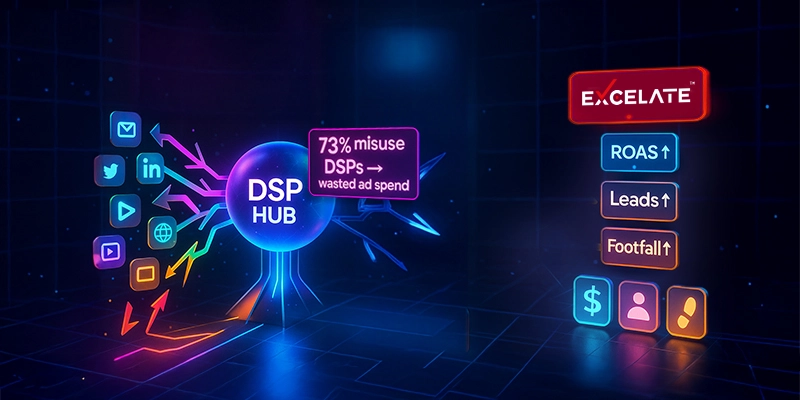Table of Contents
TogglePredictive analytics has transformed decision-making across industries by allowing businesses to leverage data-driven insights to forecast future trends, behaviors, and demands. Companies worldwide use predictive models to refine plans, decrease risks, and maximize operational efficiency, ranging from retail and healthcare to banking and advertising.
Explore practical instances and real-life examples of predictive analytics’ transformative impact on marketing, advertising, and operations strategies.
How Global Businesses Have Used Predictive Analytics For Better Decision-Making:
1- Souq.com (Amazon.ae): Targeted Advertising and Product Recommendations
Souq.com, a leading e-commerce platform in the GCC, utilizes predictive analytics to enhance targeted advertising and provide personalized product recommendations. By analyzing user browsing and purchasing behavior, Souq.com identifies customer preferences and serves ads for products most relevant to everyone. This customized approach extends to recommendations on the platform, helping users discover new items they are likely to purchase.
Benefits:
- Increase in Conversion Rates
- Reducing Ad Spend
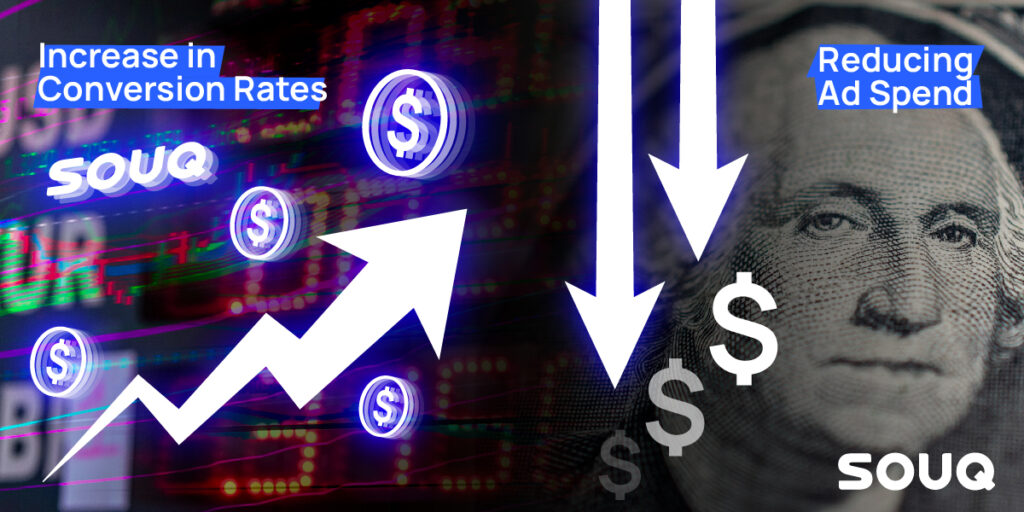
2- Emirates Airlines: Dynamic Pricing and Personalized Marketing
Emirates Airlines leverages predictive analytics to optimize ticket pricing and personalize marketing communications. By analyzing past purchase behavior, travel patterns, and market demand fluctuations, Emirates dynamically adjusts fares to meet customer demand while maximizing revenue. Additionally, the airline uses data to recommend travel upgrades and complementary services, such as hotel bookings and car rentals, that align with individual customer preferences.
Benefits:
- Increase Booking Rates, Hence Increase in Revenue
- Enhance Customer Loyalty
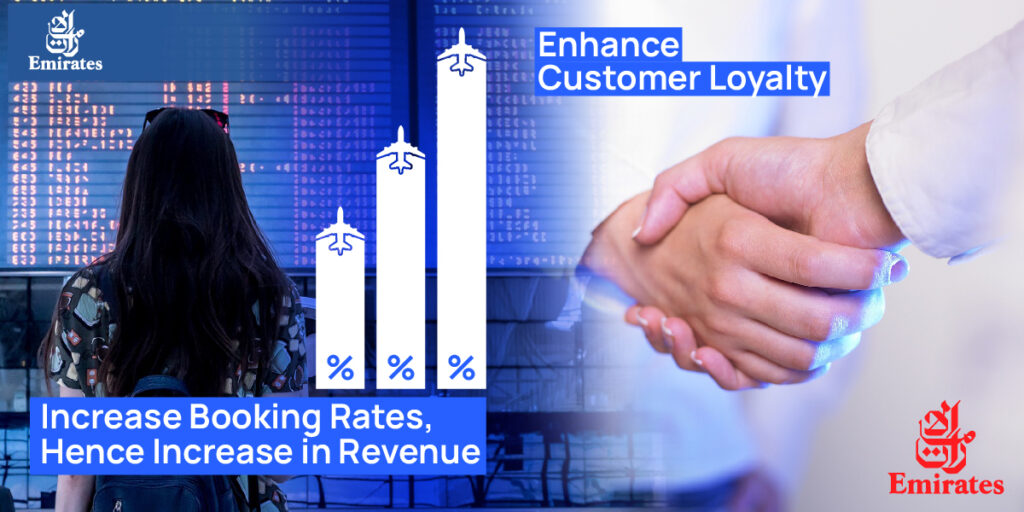
3- Majid Al Futtaim: Enhancing Customer Experiences and Retail Forecasting
Majid Al Futtaim, a major retail and entertainment conglomerate in the GCC, uses predictive analytics to optimize customer experiences and streamline operations across its malls, cinemas, and supermarkets. By analyzing footfall data, customer demographics, and shopping behaviors, Majid Al Futtaim can forecast high-demand products and improve inventory planning. The company also uses predictive analytics to create personalized offers and promotions in real-time, enhancing customer loyalty and driving repeat visits.
Benefits:
- Increase Customer Satisfaction
- Reduce Product Over-Stocking
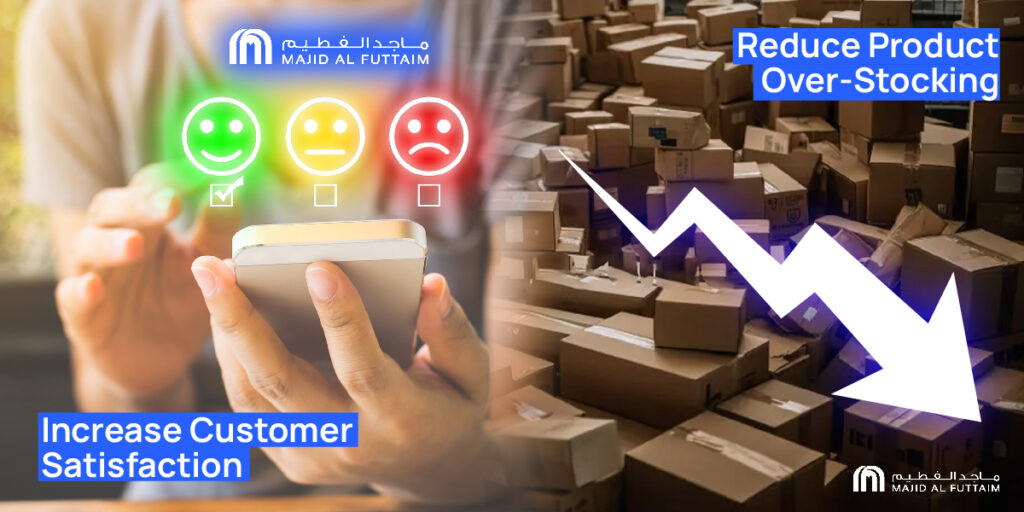
4- Netflix: Personalized Content Recommendations
Netflix uses predictive analysis to deliver highly personalized recommendations based on viewing history, search behavior, and content interactions. Beyond simply suggesting titles, Netflix analyzes trends in real-time to tailor advertisements promoting new releases or genre-specific content likely to appeal to individual viewers.
Benefits:
- Increase in Viewing Time on the Platform
- Increase User Engagement
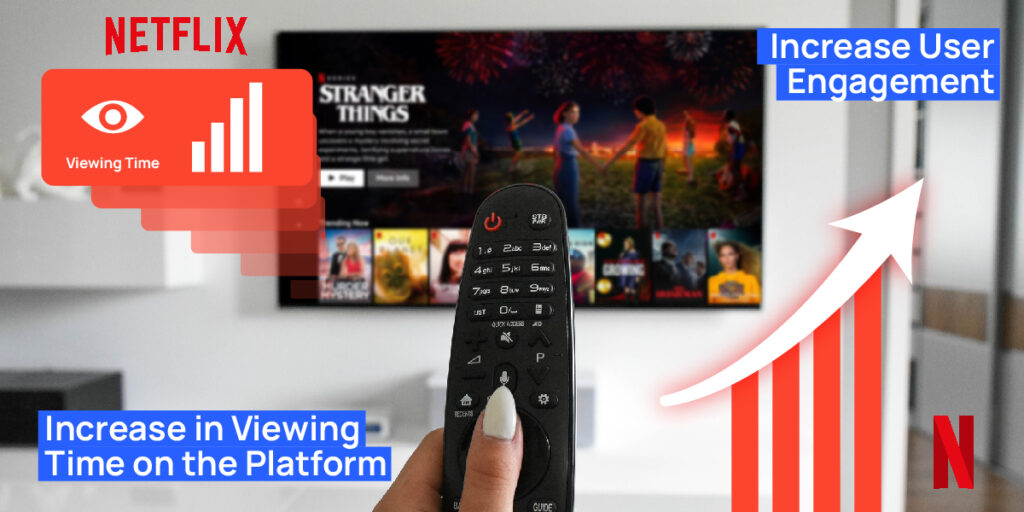
5- P&G: Optimizing Ad Spend and Conversion Rates
Procter & Gamble uses predictive analytics in its digital marketing operations to improve ad placement, timing, and content relevancy. By examining past campaign data, customer segments, and engagement patterns, P&G can forecast which demographics are likely to convert, allowing it to dynamically alter ad expenditure across platforms such as Facebook, Google, and Instagram.
Benefits:
- Improved ROI & ROAS through Effective Ad Spend Allocation
- Decreased Customer Acquisition Expenses
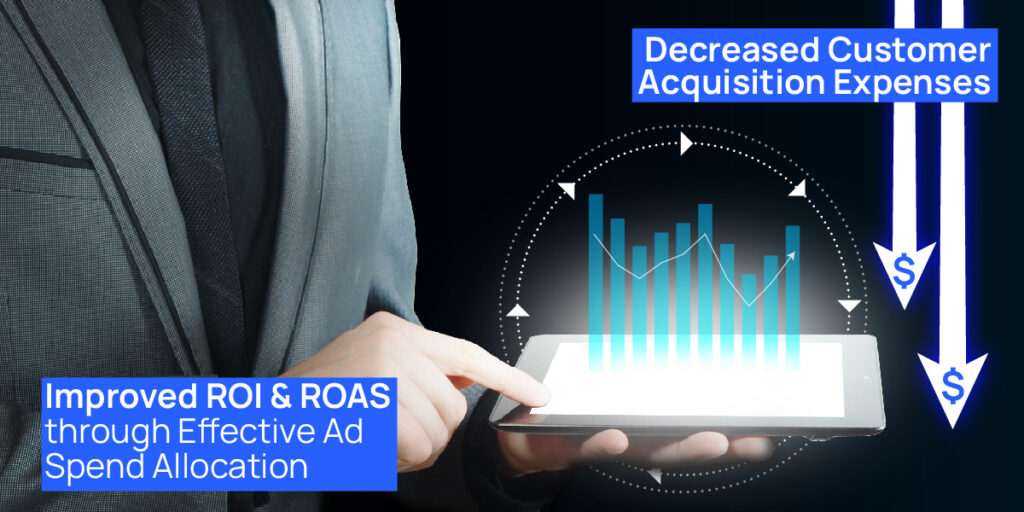
The Future of Predictive Marketing with MEmob+
Predictive analysis is redefining the future of marketing, making customer engagement more intuitive and agile. At MEmob+, we’re at the forefront of this shift, delivering precise insights that enable brands to stay ahead, anticipate demand, and make smarter, data-driven decisions that drive growth.
Here’s how we are supporting brands in navigating the dynamic environment of marketing by:
- Anticipating customer needs: Delivering personalized experiences that resonate.
- Optimizing location-based strategies: Identifying growth opportunities and targeting high-potential areas.
- Adapting campaigns in real-time: Staying ahead of trends and adjusting strategies.
- Segmenting audiences with precision: Creating detailed customer profiles to drive targeted recommendations.
- Maximizing ROI: Allocating resources effectively and optimizing performance across channels.
Let’s shape the future of predictive marketing together!


